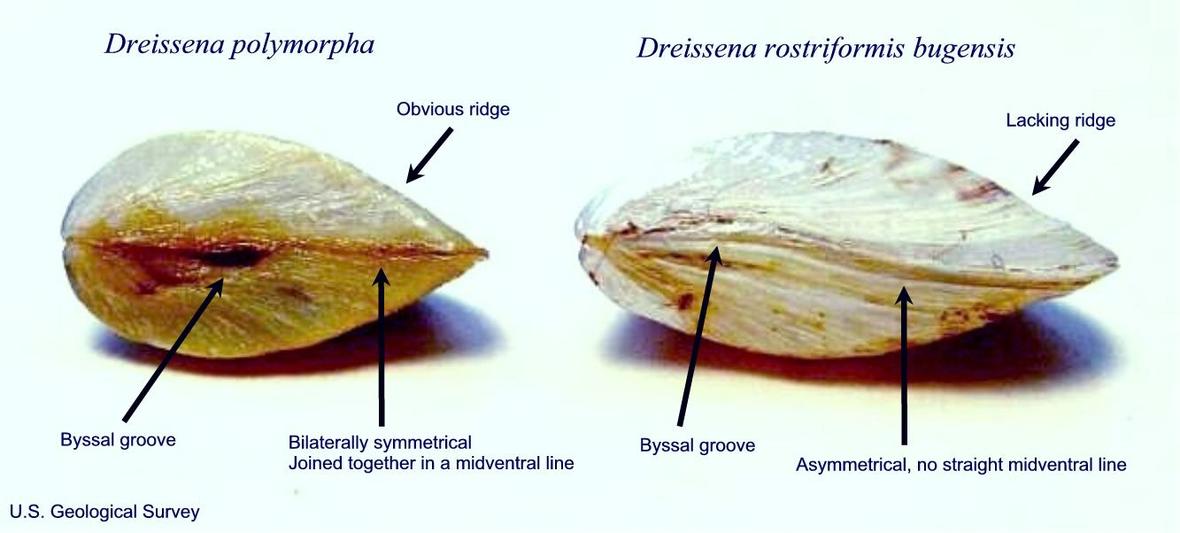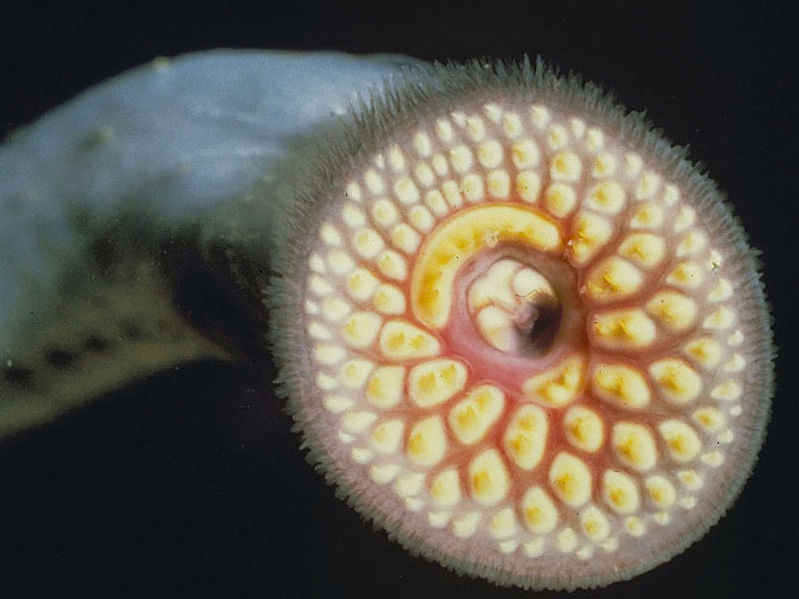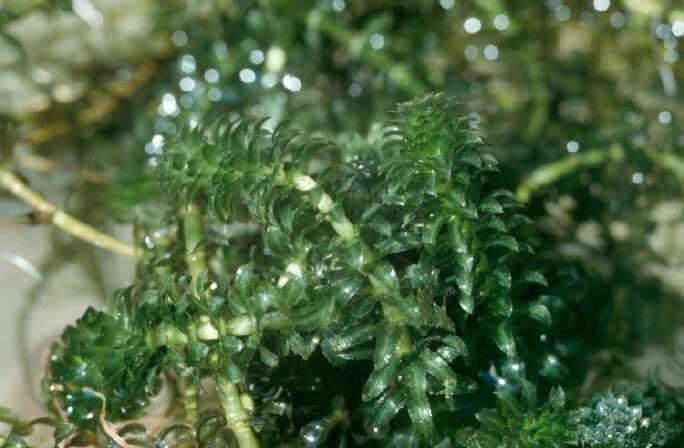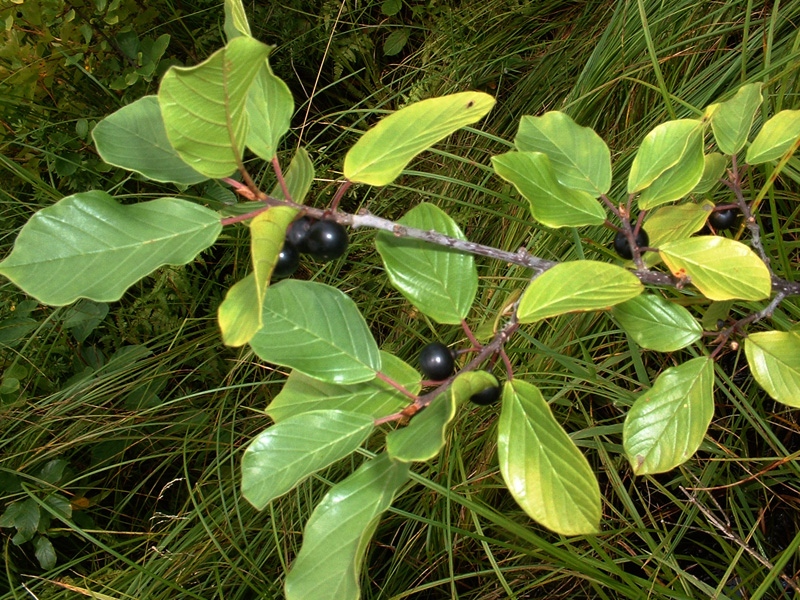Quagga Mussel
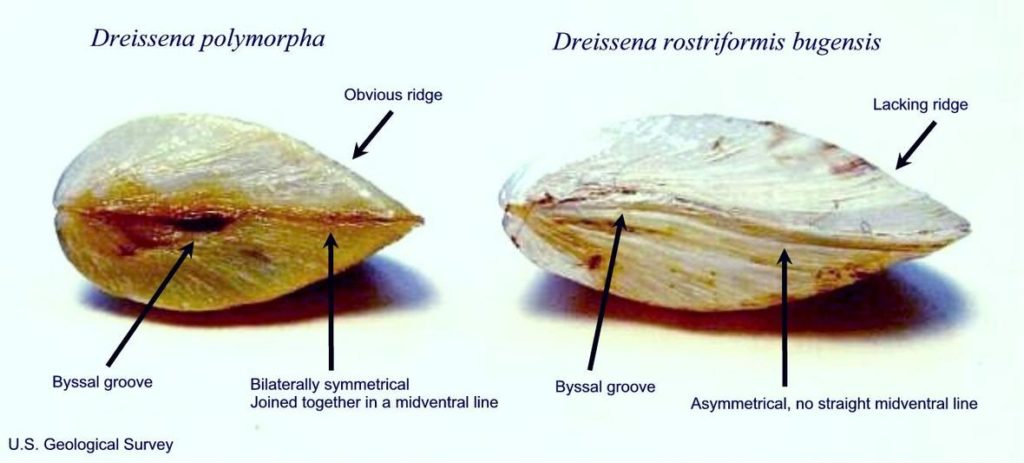
According to the Ohio Department of Natural Resource’s Ohio Field Guide to Aquatic Invasive Species, the Quagga Mussel is a fingernail-sized mussel which is “rounded, fan-shaped, and attached by a hinge. It is smooth and lacks ridges, although it typically has dark concentric rings that fade to a pale coloration near the hinge.” It has thread-like attachments called “byssal threads.”
The Invasive Mussel Collaborative lists control methods such as chemical treatments, physical treatments like benthic mats, water drawdowns and physical removal, biological controls such as redear sunfish and the use of carbon dioxide to control invasive mussels.
Prevention of Quagga Mussels depends on cleaning, inspecting and monitoring. The Invasive Mussel Collaborative recommends that managers and researchers decontaminate gear and watercrafts and follow protocols and programs for monitoring the mussels. Recreational users should “clean, drain and dry” boats and watercrafts, as well as inspect them. Property owners should identify and report the presence of mussels, as well as monitor them. A prevention plan may also help. In addition, “possession and/or transport of zebra and quagga mussels is prohibited in many jurisdictions.”
The ODNR’s Field Guide says that Quagga Mussels have a very similar impact to Zebra Mussels. The Quagga Mussel also “ harms fisheries, alters water quality, and increases the growth of harmful algae.”
